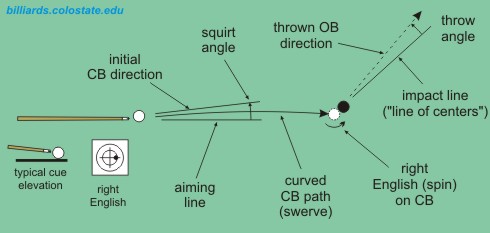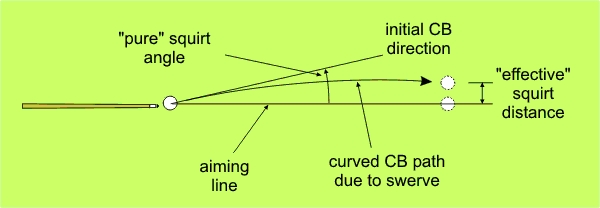I was being facetious....I've just never heard it called "squirt" so much...it's usually deflection/veer.....serious discussion at Aiming section..AIMING SYSTEMS - THE END JUSTIFIES THE MEANS
I thought the consensus, from using side spin, was "squirt" is the cueBALL's initial sideways movement and "deflection" is how the pool CUE bends.
Jeff Livingston
Last edited:

